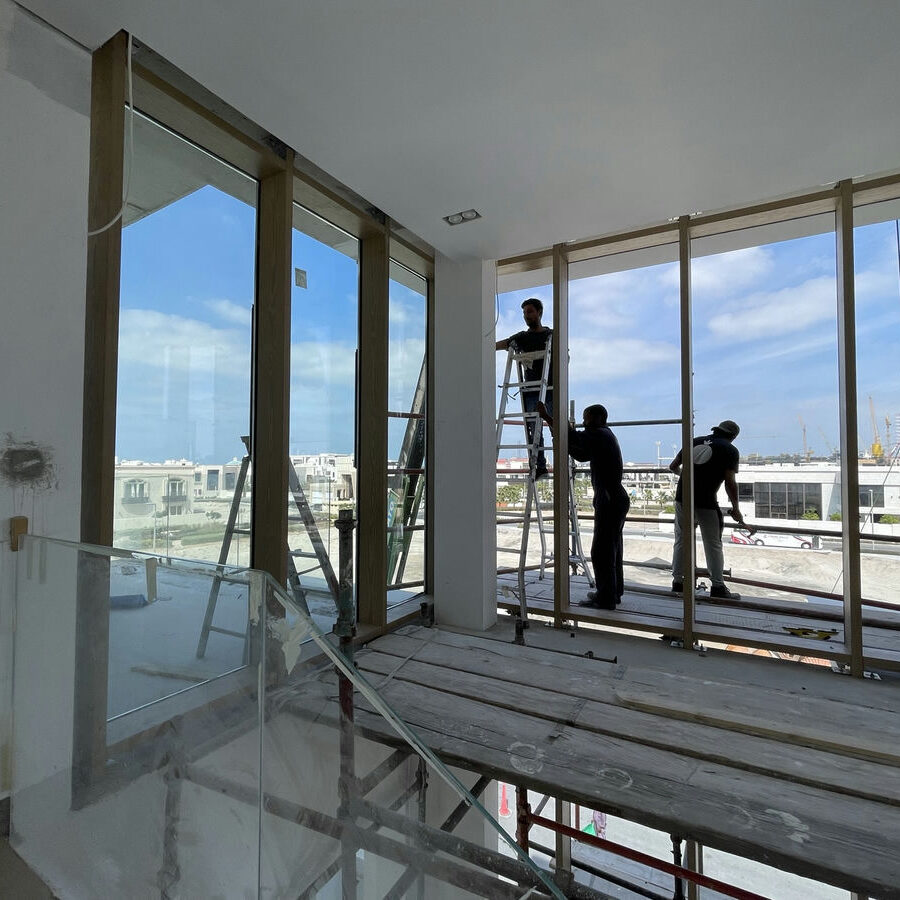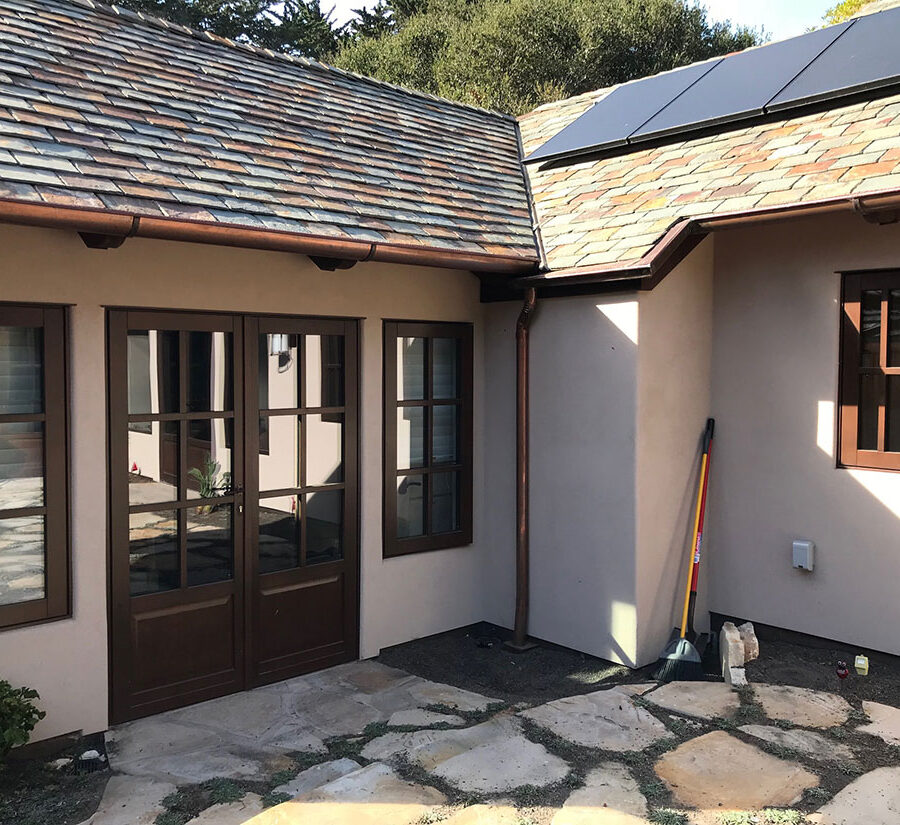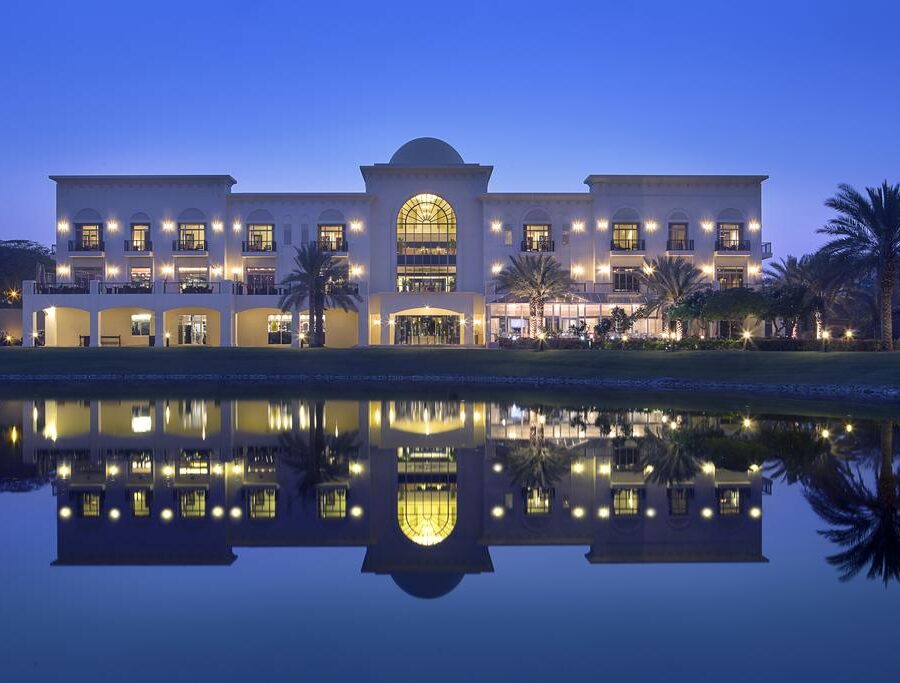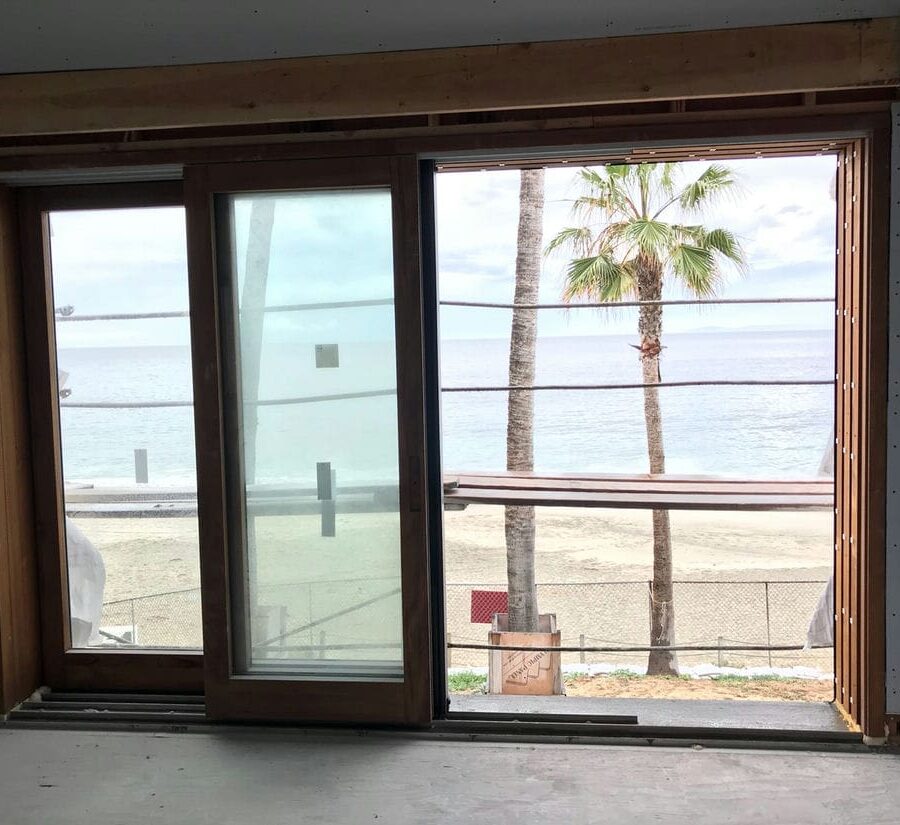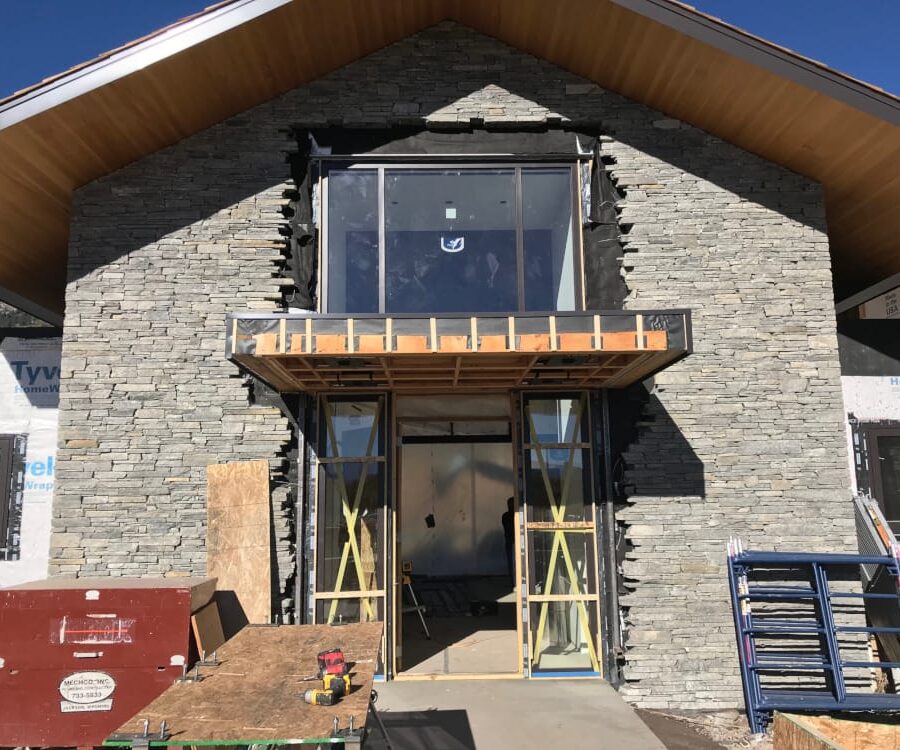The palace was designed around the mid-16th century for the Alicorni family, of Albanian origin, perhaps by Giovanni Mangone, to whom Palazzo Massimo di Pirro is also attributed. The building was located in Piazza Rusticucci, created by Pope Alexander VII (Fabio Chigi 1655-1667), who had the first block of the Borgo demolished in 1667 in the direction of Bernini’s colonnade of San Pietro, known as Priorato Island. Following the construction works on Via della Conciliazione, with the demolition of the so-called Spina di Borgo, the building was demolished in 1931 and then rebuilt in 1938, in a different way, in Borgo di Santo Spirito 78, where it currently stands. The building had a façade overlooking Piazza Rusticucci with a severe Renaissance façade and was structured around a central porticoed courtyard open at the rear. The palace retained the original frescoed decoration from the second half of the sixteenth century, with heraldic coats of arms of the Alicorni family and decorative vegetal motifs, today in the Museum of Rome in Palazzo Braschi.
© 2024 Caiframe Srl. All Rights Reserved.
Communication by NAXA



